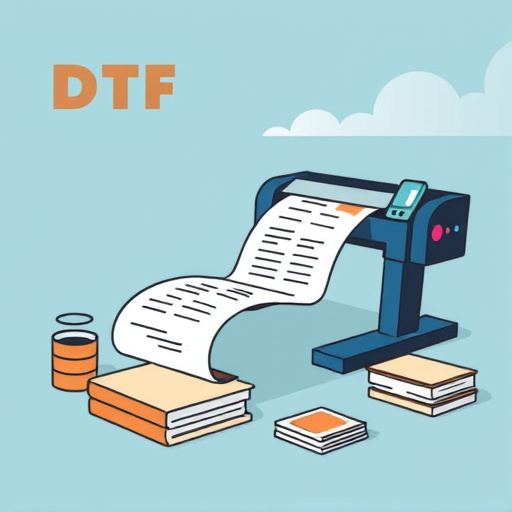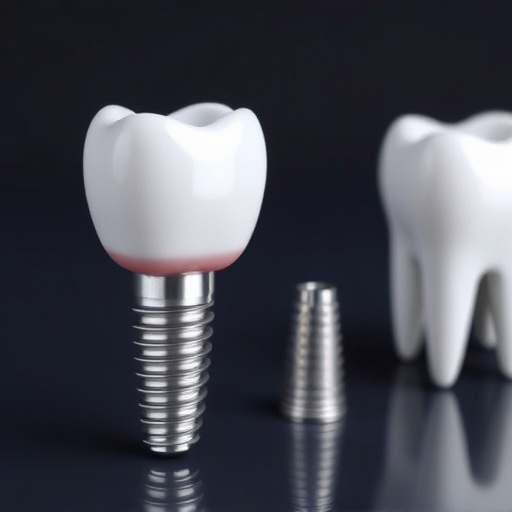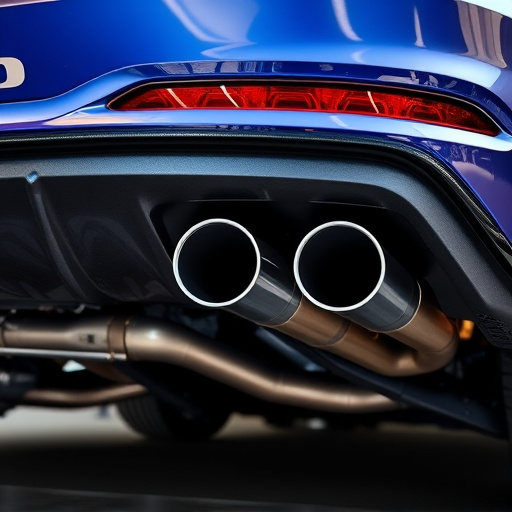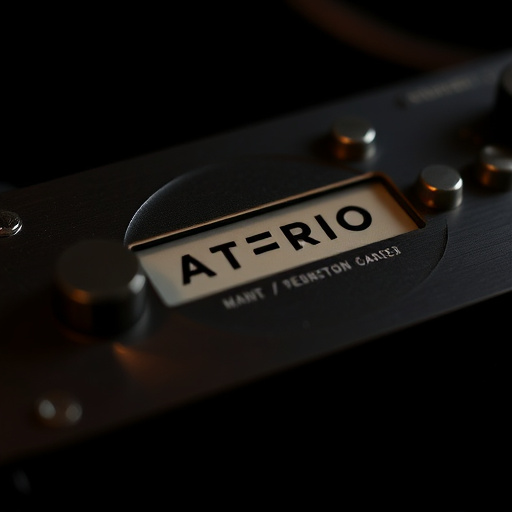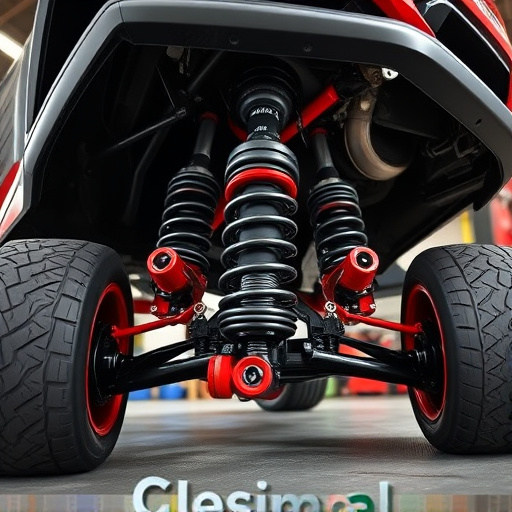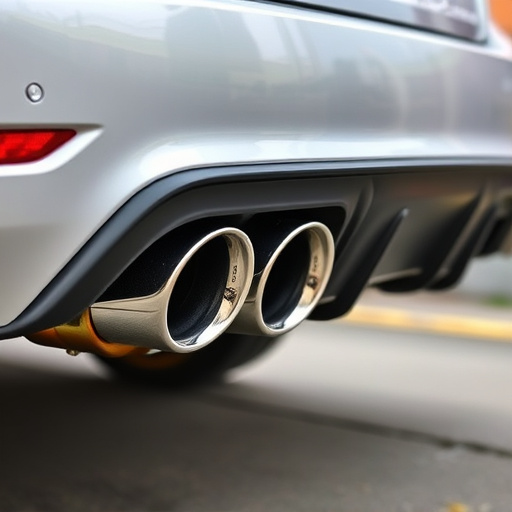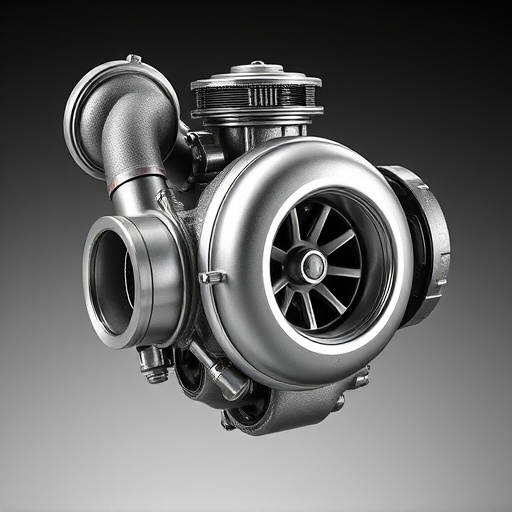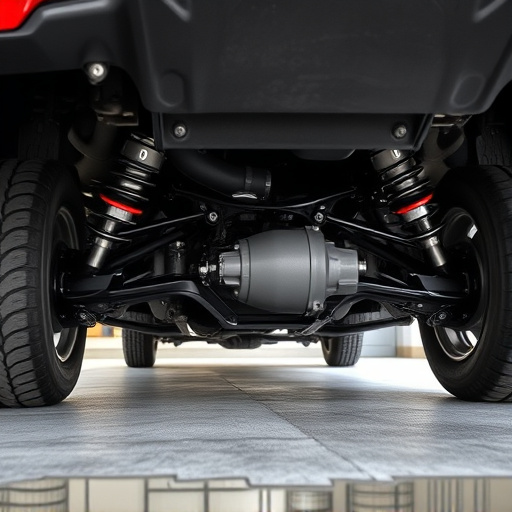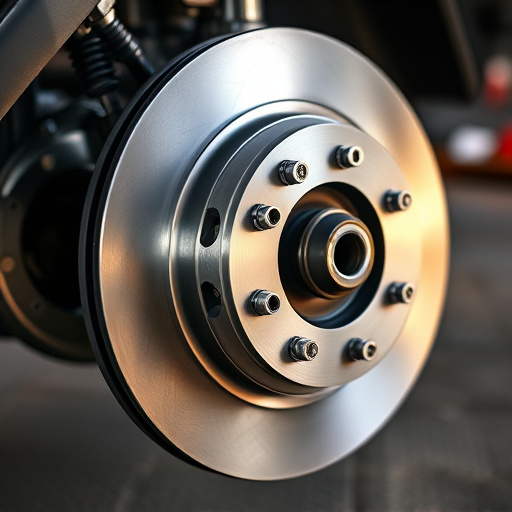Muffler delete pipes enhance vehicle performance and exhaust sound, allowing louder, deeper engine notes by bypassing the muffler. This modification, often paired with other upgrades, appeals to car enthusiasts but increases noise levels, requiring proper installation, insulation, and maintenance for safety and legal compliance.
Muffler delete pipes, also known as exhaust headers, are a popular modification among car enthusiasts. This article delves into the effects of these components on your vehicle’s sound level and overall quality. We’ll start with a basic overview of muffler delete pipes, explore how they instantly alter your car’s audio profile, and discuss long-term considerations to ensure optimal performance and reduced noise levels.
- Understanding Muffler Delete Pipes: A Basic Overview
- Impact on Sound Level: The Initial Effect
- Quality Considerations: Long-Term Effects and Tips
Understanding Muffler Delete Pipes: A Basic Overview

Muffler delete pipes are a popular modification choice for car enthusiasts seeking to enhance their vehicle’s performance and sound. These pipes, as the name suggests, are designed to remove or bypass the muffler component in an exhaust system. Unlike traditional mufflers that muffle noise, deleting them allows engine sounds to escape more freely, creating a distinctive and often desired automotive ambiance. This modification is particularly appealing to those who enjoy tuning their cars for improved sound quality and performance.
By removing the muffler, these pipes can significantly alter the exhaust note, making it louder and potentially deeper. This direct connection between the engine and exhaust tips results in a more raw and aggressive exhaust sound, which many car owners find enticing. Additionally, muffler delete pipes can also improve the overall flow of gases through the exhaust system, potentially enhancing engine performance by reducing backpressure. This modification is often accompanied by other upgrades, such as cold air intakes or tuned exhaust systems, to achieve optimal results.
Impact on Sound Level: The Initial Effect

When you install muffler delete pipes, one of the first things you’ll notice is a significant change in your car’s sound level. Initially, removing the muffler can result in a dramatic increase in noise pollution from the exhaust system. This is because the muffler plays a crucial role in mitigating the high-frequency sounds produced by burning gases escaping through the exhaust pipe. Without it, the raw engine noise becomes more pronounced, giving your vehicle a deeper and often louder rumble.
This effect can be particularly noticeable during acceleration or when driving at higher speeds. However, many car enthusiasts embrace this change, finding the unmuffled sound more appealing and in tune with their vehicle’s performance. It adds to the overall driving experience, especially for those who mod their cars using various modifications like coilover kits or upgrades to intake components, enhancing the connection between the driver and the engine’s power output.
Quality Considerations: Long-Term Effects and Tips

When considering a muffler delete pipe for your vehicle, understanding its long-term effects on sound quality is essential. While many enthusiasts appreciate the raw, deep exhaust notes that come with removing the muffler, this modification can result in significantly louder noise levels. Over time, prolonged exposure to such elevated sounds may lead to hearing damage, especially during high-performance driving or track days.
To mitigate these risks, ensure proper installation and use noise-reducing techniques like sound insulation. Regularly inspecting your vehicle’s exhaust system, including air intake systems and brake components, can also help maintain optimal performance and safety standards. Remember that a balanced approach between performance exhaust and acceptable noise levels is crucial for both legal compliance and the well-being of you and others around you.
Muffler delete pipes can significantly alter your car’s sound profile, initially resulting in a louder exhaust note. However, proper installation and high-quality components are crucial to ensure long-term performance and prevent harmful noise levels. When done correctly, these pipes can enhance the overall driving experience by providing a deeper, more aggressive sound, appealing to enthusiasts. Regular maintenance and choosing reputable brands ensure your car remains within legal limits and enjoys an optimal auditory experience.

